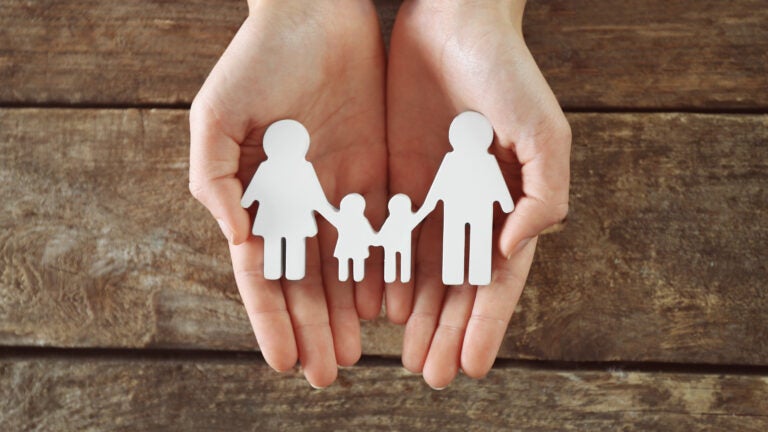Current Projects
What are the biological and psychological underpinnings of the transition to parenthood?
We are currently conducting the NSF-funded HATCH (Hormones Across the Transition to Childrearing) study to explore couple and family dynamics during the transition to parenthood. We recruit couples in mid-pregnancy and follow them across the first year after the birth of their child. We are sampling hormones (cortisol, testosterone, oxytocin, and prolactin) and examining couple relationship functioning and psychological well-being over pregnancy and postpartum. We are also looking at parenting, parent-child attachment, and early infant development.

How does the “fathering brain” work?
In a substudy linked with the larger HATCH study, we will be scanning expectant and new fathers both before and after the birth of their child, using a combination of structural and functional imaging to examine the fathering brain and how it is correlated with hormones and parenting behavior.

Past Projects
How do adolescents view themselves and their parents?
In a study conducted from 2010-2014, we used fMRI scanning to see how adolescents respond to video clips and trait adjective representing themselves and people in their social worlds. We recruited participants from the USC Family Studies Project who had already reported on their family environments and participated in a videotaped family conflict discussion task with both parents. We created stimuli for each participant using clips from this conflict discussion, allowing us to explore activation to self and parents in regions of the brain associated with theory of mind, mentalizing, and social perception. We looked at how adolescents’ exposure to aggressive family conflict moderated their activation in these areas.
Collaborators: Gayla Margolin, Larissa Del Piero, USC Department of Psychology; Mary Helen Immordino-Yang, Jonas Kaplan, Xiao-Fei Yang, USC Brain and Creativity Institute

Do families “sync up” their stress hormones?
Do family members show synchrony in their fluctuations of the stress hormone cortisol? We have explored this question in both daily stress studies and laboratory studies. Married couples sampling cortisol over several days showed positively correlated levels of momentary cortisol and negative mood, with stronger linkages seen in more distressed couples. In parents and adolescents engaged in a laboratory-based conflict discussion, we found that momentary cortisol levels are linked across the family triad, and time-lagged analyses suggest that fathers drive changes in youths’ cortisol, youths drive mothers’ cortisol changes, and mothers drive fathers’ cortisol changes.
In an additional, related line of research, we have found daily patterns of cortisol to be linked with marital satisfaction, the division of household labor, and the way people describe their homes. For example, we have found that unhappily married women have flatter slopes of cortisol, considered a marker of poor adaptation to stress. We have also found that other aspects of the family environment, like the way women describe their home spaces and the division of household labor, are linked with cortisol patterns and physiological recovery at the end of the day.
Collaborators: Rena Repetti, UCLA; Gayla Margolin, Brian Baucom, Lauren Shapiro, Aubrey Rodriguez, Esti Iturralde, USC

